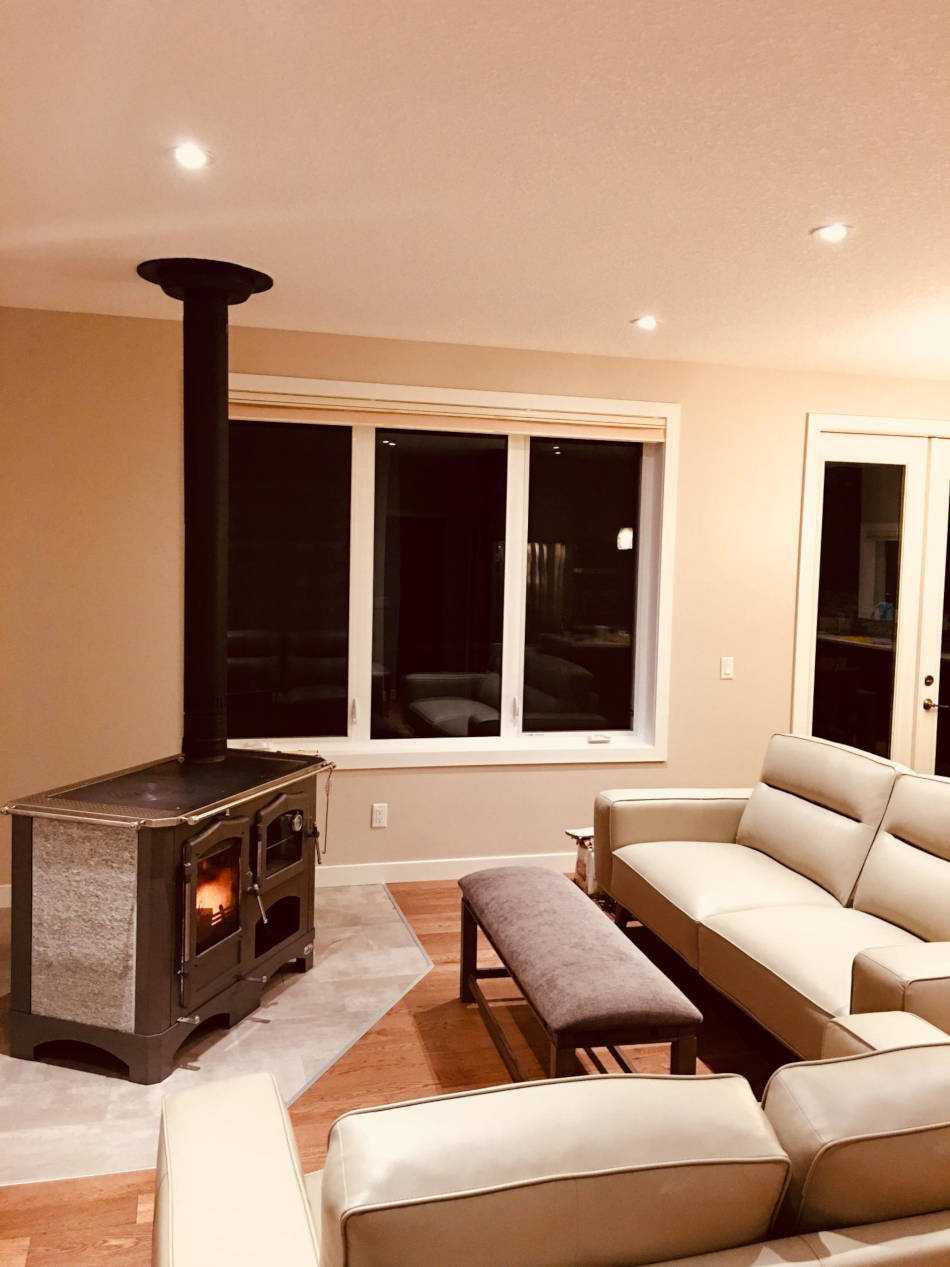When a terrible blizzard gripped the eastern third of the United States in January 2016, some areas, especially rural and suburban locations, went without electricity for days. CNN placed the death toll at 38, with thousands more hurt by vehicle accidents, frostbite, and carbon monoxide poisoning. If you want to be prepared for the next big storm and keep your family safe and warm, here are some items you'll want to consider keeping in your home.
An Alternative Heating Source
If your electrical service is interrupted and your furnace requires it to ignite, your home will begin to cool in a matter of hours. Running the convection oven with the door open is extremely dangerous and a poor method of heating. Burning wood in the fireplace, without an electric blower running, will cause most of the heat to go up and out the chimney. It's a little known fact that the efficiency of wood burning fireplaces is only about 1%. A wood stove is the easiest and most fuel-efficient option for heating your home without electricity. If you get a cook stove then it will also provide you with an easy way to cook & bake. Learn how to safely operate your stove, including how to properly ventilate the room to avoid carbon monoxide poisoning. Stock up on wood and be sure to store it in a dry place.
If you have a furnace that runs on natural gas, ensure you know how to safely ignite it by bypassing the electric starter, if possible. This will require you to turn the furnace on and off manually, igniting it with a match or lighter, and extinguishing it by cutting the gas. If your home still has an old coal furnace tucked into one corner of the basement, have it inspected every few years right along with your primary furnace. You'll also want to keep a supply of coal, provided your chute in still in place and functional. Coal can usually be ordered from the same companies that deliver heating oil.
Emergency Food Stores and Supplies
Many people get hurt during blizzards when they are forced to go to a store or pharmacy for items they could have stored ahead of time. Emergency food that doesn't require electricity to cook can be kept in the pantry. Good choices include canned fruits and veggies, potted meat, crackers, cereals, nuts, and seeds. You should also keep a loaf or two of bread in the freezer, as well as a supply of shelf-stable milk, either powdered or canned. Having these items on hand at all times will allow you to live comfortably in your house while the storm rages.
Bathroom items, such as toilet paper, feminine hygiene products, and fever reducers, should always be kept stocked. If you have a small child, be sure you have enough diapers, wipes, and extra formula to last at least a week. If anyone in the home is on medication necessary for survival, they should never dip below a seven-day supply.
Sufficient Warm Clothing
People who live in extremely cold climates often say there is no such thing as bad weather, only bad clothing. As soon as you realize the electricity has failed, have everyone dress in layers of warm materials. Cotton is the absolute worst choice possible because it breathes well and draws heat away from the body. Man-made fibers such as polyester are good, as is wool. Even if you live in an area that rarely experiences cold weather, every member of the family should have several warm layers to wear in case of emergency. Don't forget about hats, gloves, and scarves to hold in even more heat.
Surviving a winter power outage is largely about dressing well, having an alternative source of heat, and stocking food and other household essentials in sufficient quantities to weather the storm. By considering your family's needs, educating yourself, and taking proper precautions, you can keep your family warm and safe until electrical service is restored.


